Garden News | November
Photo: Veldskoen_photography
There are so many things that I love about November.
The light in the early mornings and late afternoons is a joy and even the Autumnal smell in the air as the natural annual decay of leaves and fallen plant material catches on the wind is a highlight for me. October was unseasonably mild so the golden hues of the season will continue to develop and dazzle us all throughout the garden in November. It’s so exciting that there is still so much to take in as the drip feed of colour continues into another month. November may be synonymous with Bonfire Night but it’s the fireworks of the horticultural kind that excite me! As well as the obvious highlights of Acer Walk with its many Maple trees in full show, there are plenty of other plants I would recommend seeking out in the garden this month while you still can. The Shellbark Hickory tree (Carya laciniosa) down at the lakes for examples is an unusual specimen with stunning butter-yellow leaves, while elsewhere in the valley you’ll spot of few Nyssa (or Tupelo trees) that turn a range of yellows and oranges at this time of the year. The Winter-flowering Camellia sasanqua shrubs near the Doll’s House Museum are a real sight to behold too. Plenty of people don’t expect to see Camellias blooming until the Spring but this collection here at Leonardslee has been happily flowering away in Autumn and Winter for decades.
There’s another garden highlight at this time of year that you must experience though and that is the start of the Winter scented shrubs. Plants that flower in Autumn and Winter have to work extra hard to attract the fewer number of pollinating insects and therefore their scent is often stronger and more enticing than most of the Spring or Summer plants. We have plenty of Mahonia and Sarcococca shrubs that fit the bill but the scented star of the show right now is a group of large Osmanthus shrubs below the Mansion, just as you head down the steps to the Bluebell Bank path. It may look like a lush green holly-like plant during most of the year, but right now it’s smothered in delicate white highly scented flowers. You’ll almost smell it before you see it! Speaking of which, we have an exciting project in the pipeline involving Osmanthus plants. I can’t give away any more details at the moment, but watch this space.
For the Gardens Team:
For the garden team it’s also important that we make the most of any mild, moist weather while we can. As well as taking time to enjoy the amazing Autumnal firework display of leaves, berries and stems, there’s much work to be done in the garden. Now is a perfect time to be planting Spring bulbs and here in the Grade I listed Leonardslee gardens we’re no different. Bulbs provide some of the earliest and most interesting floral displays in Spring, and planting them now gives them enough time to establish and get ready to come out of dormancy once Winter is over. A good general rule of thumb is to plant a bulb at a depth of three times its height. For example, a daffodil bulb 5cm tall should be planted 15cm deep in the soil if possible. It’s also important to choose your site carefully. Alliums for instance like a sunny, sheltered spot in well-drained soil while some bulbs from a woodland environment such as snowdrops and bluebells can tolerate and thrive in a shadier spot in humus-rich soil. Here at Leonardslee we’ll be busy planting over32,000 more bulbs this Autumn! We’ll be adding more bulbs to the Rock Garden including some interesting Muscari, Fritillaria, Iris and Anemone for example as well as filling out the borders around Leonardslee House with some different Allium cultivars. Elsewhere we’ll be bulking up the coverage on Daffodil Lawn with 5000 additional Narcissus pseudonarcissus as well as adding 9000 mixed Spring bulbs including Camassia, Crocus and white daffodils to the lawn near our late exit gate.

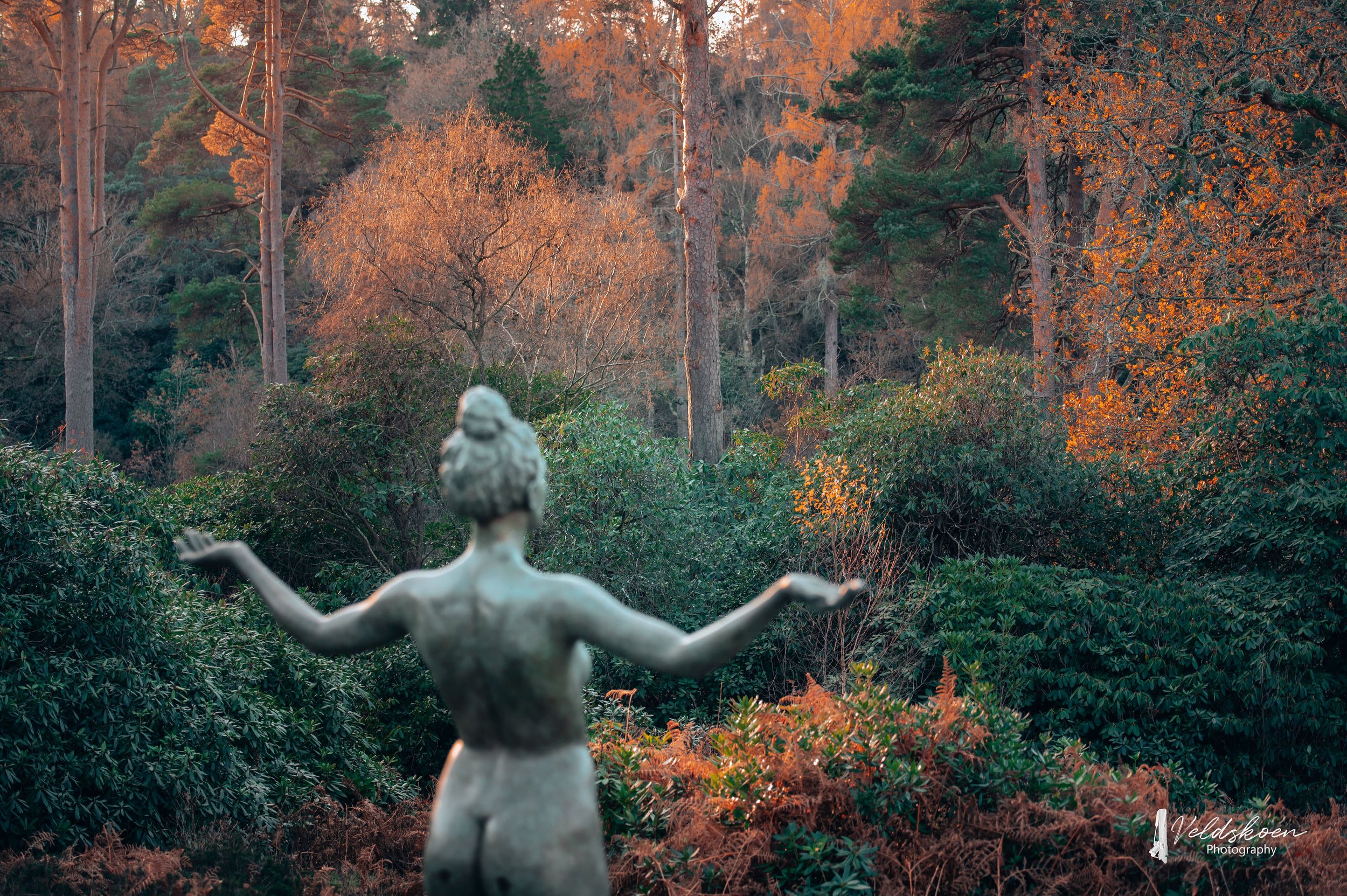

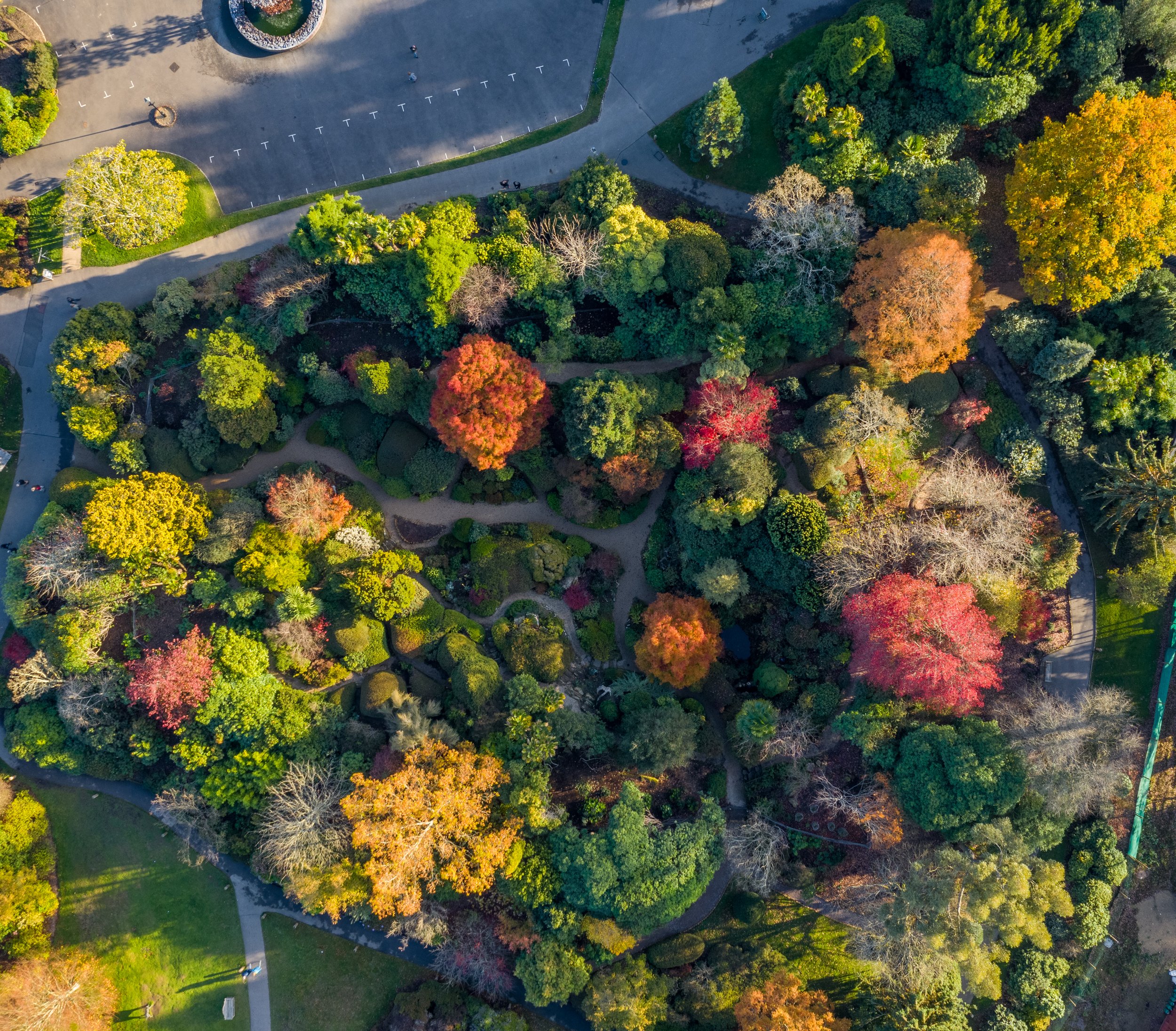

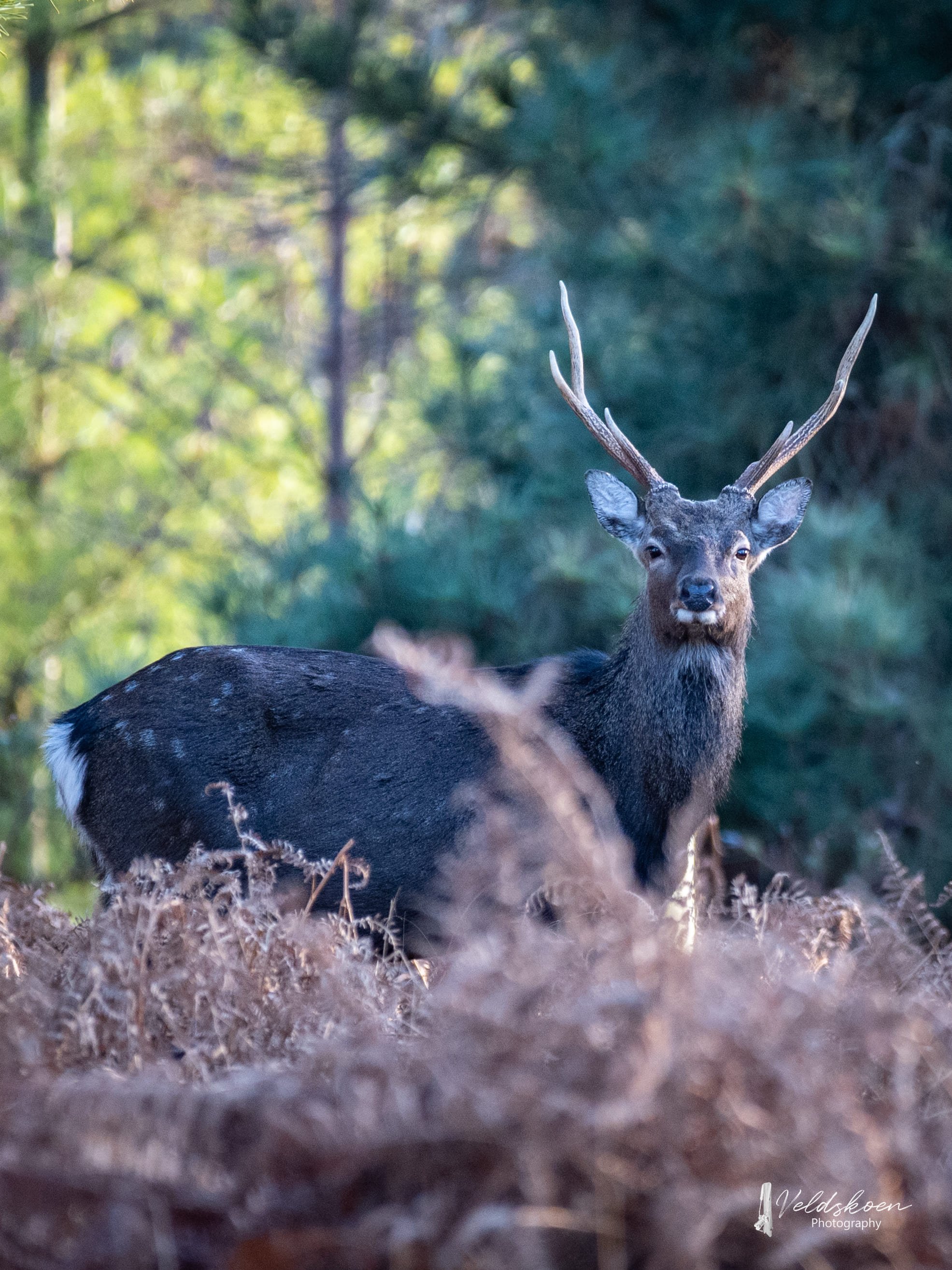
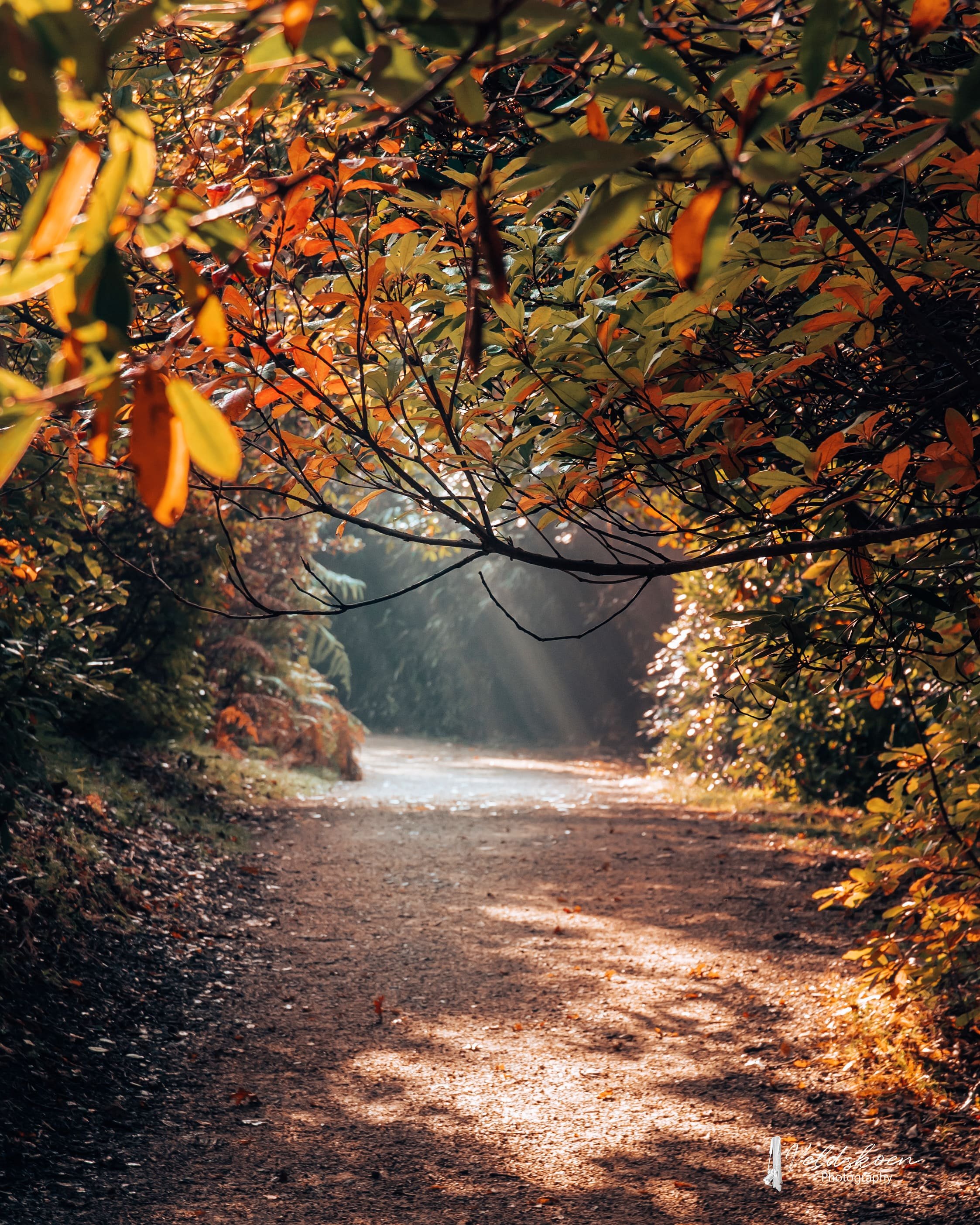

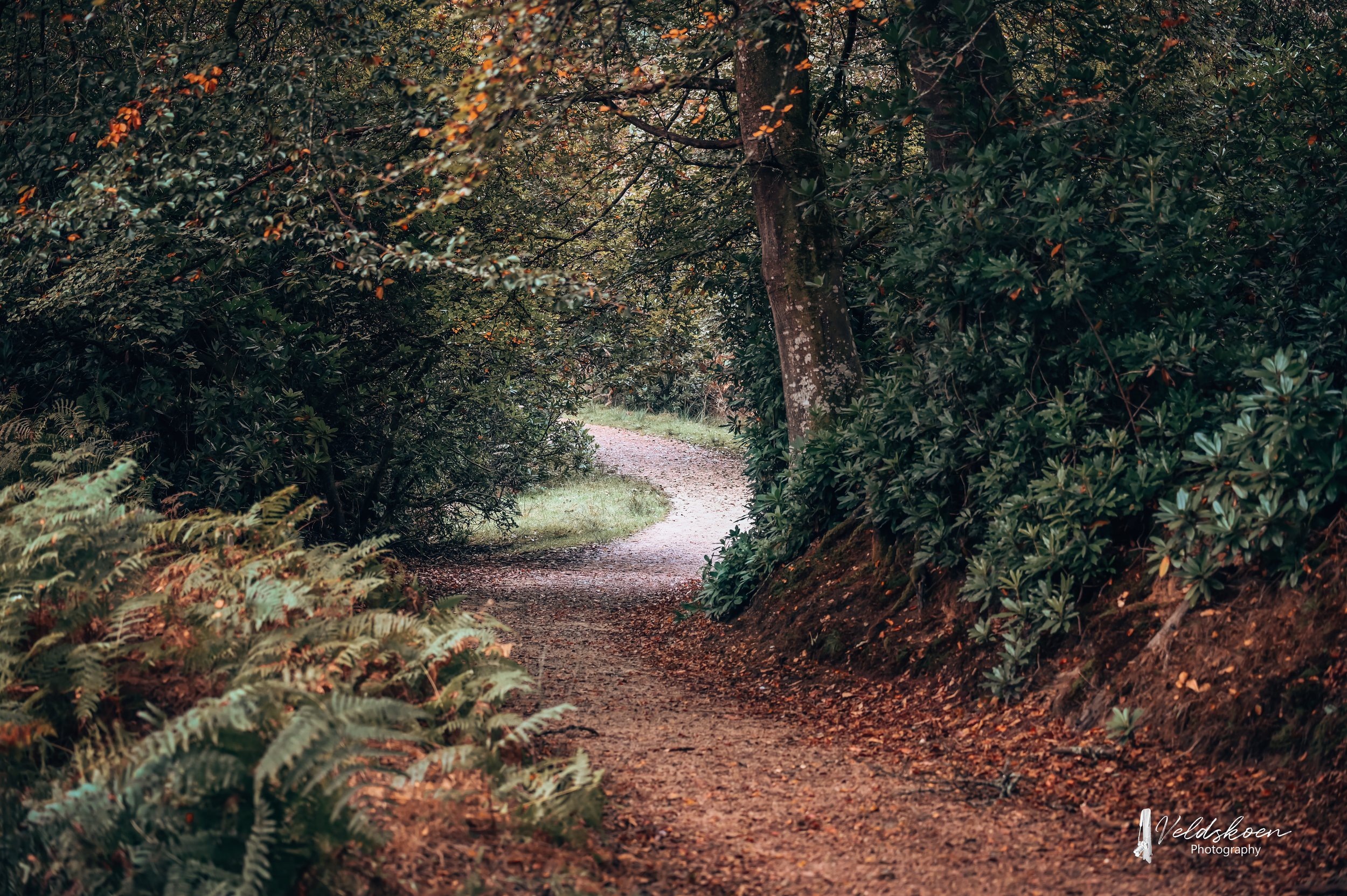
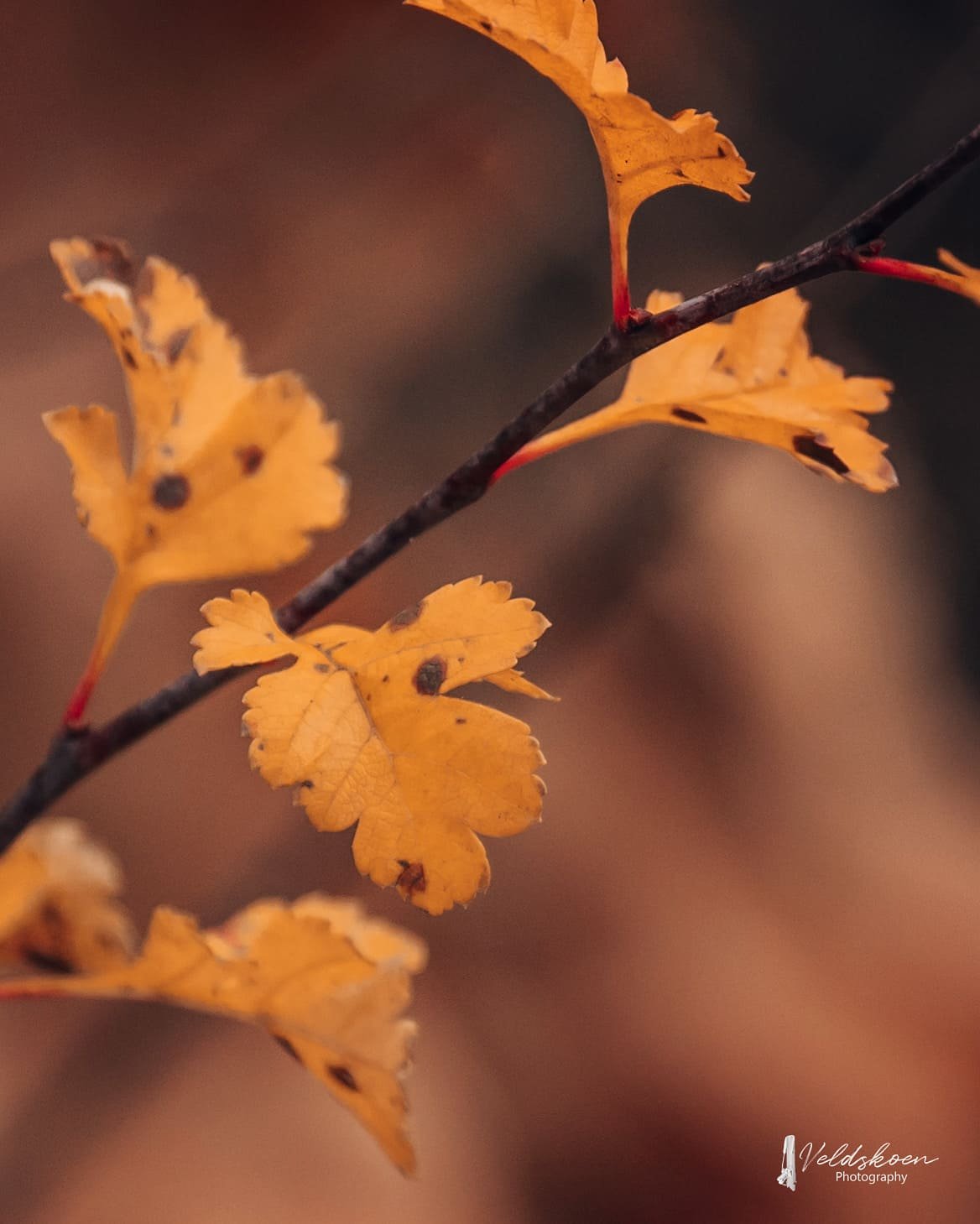

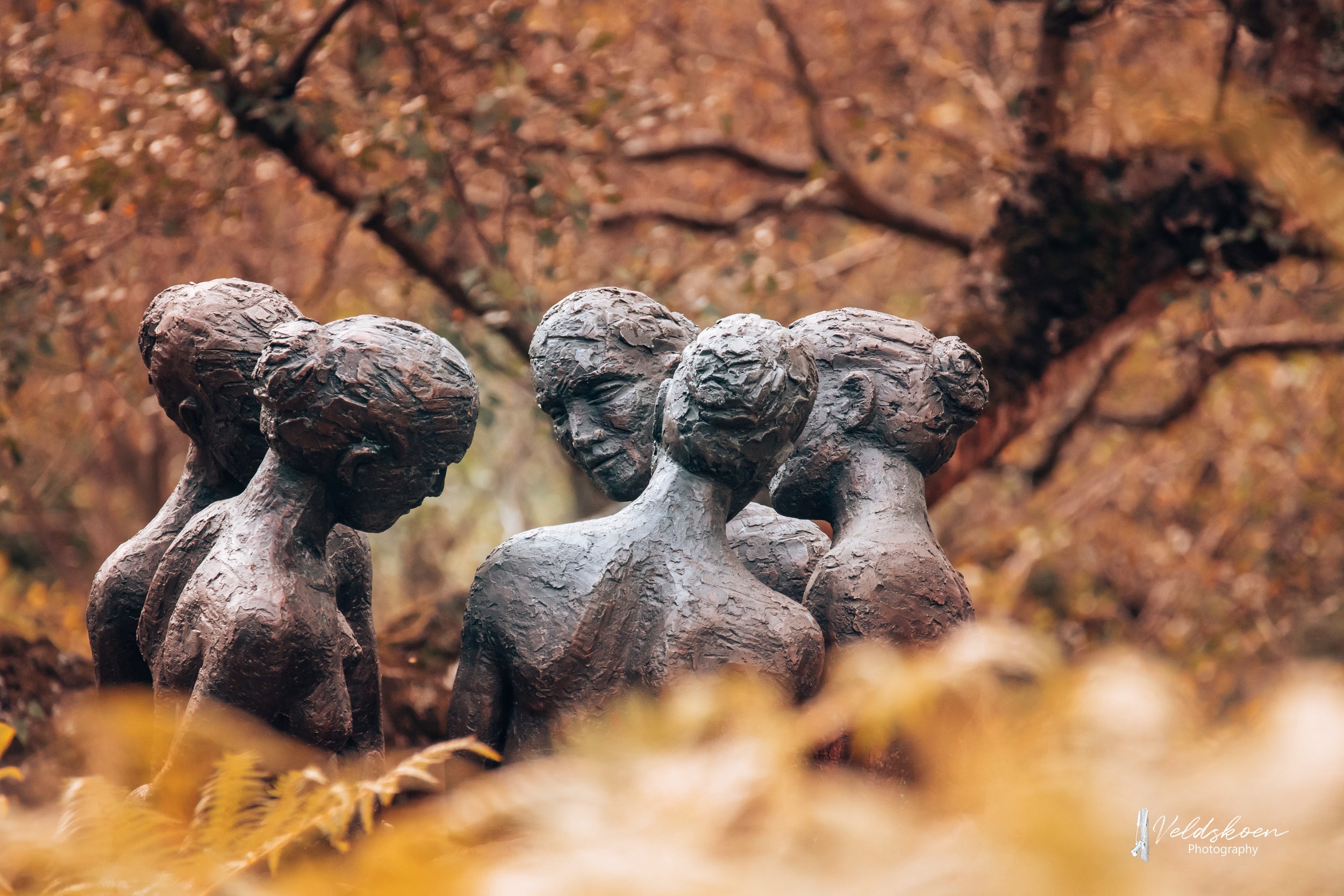
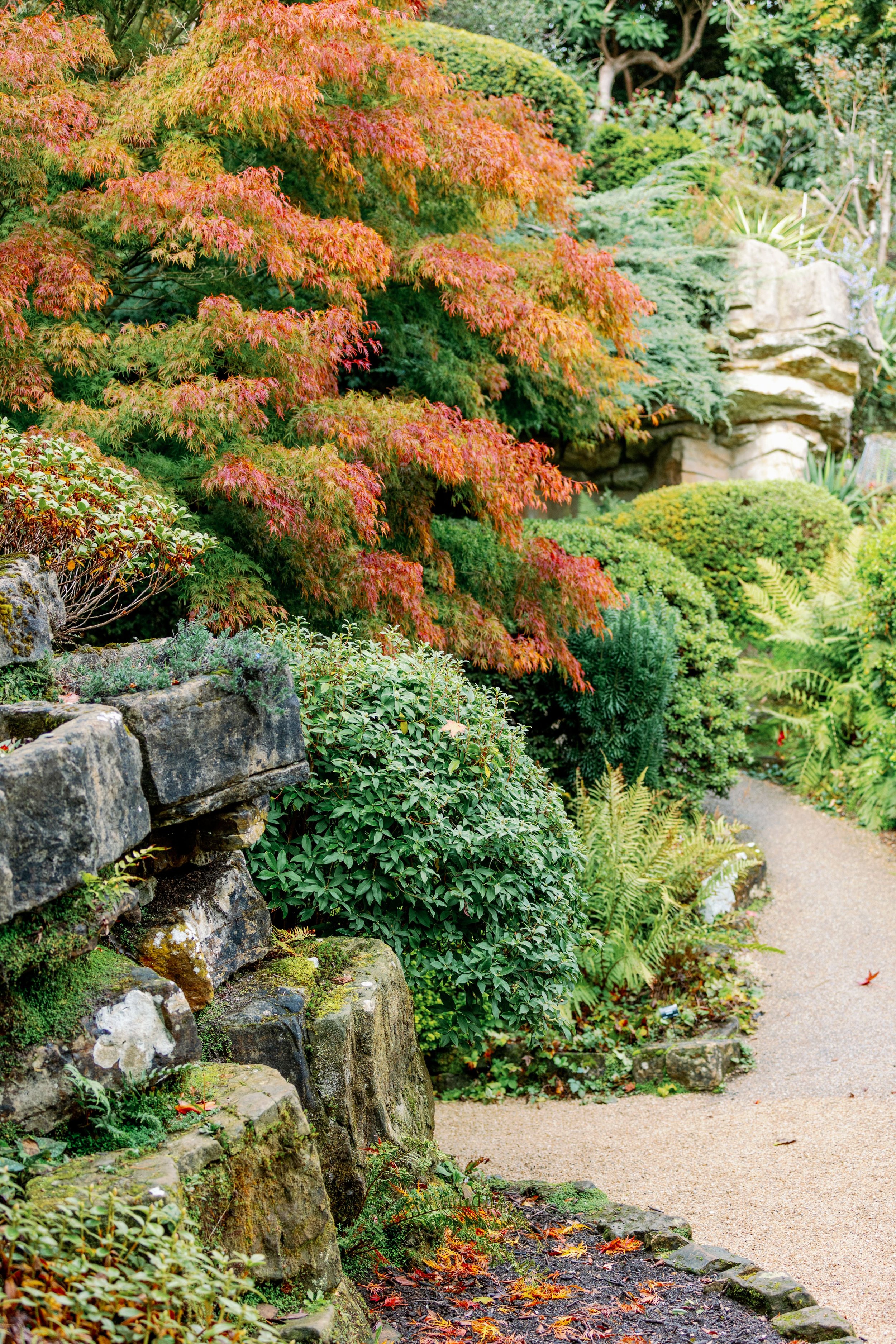
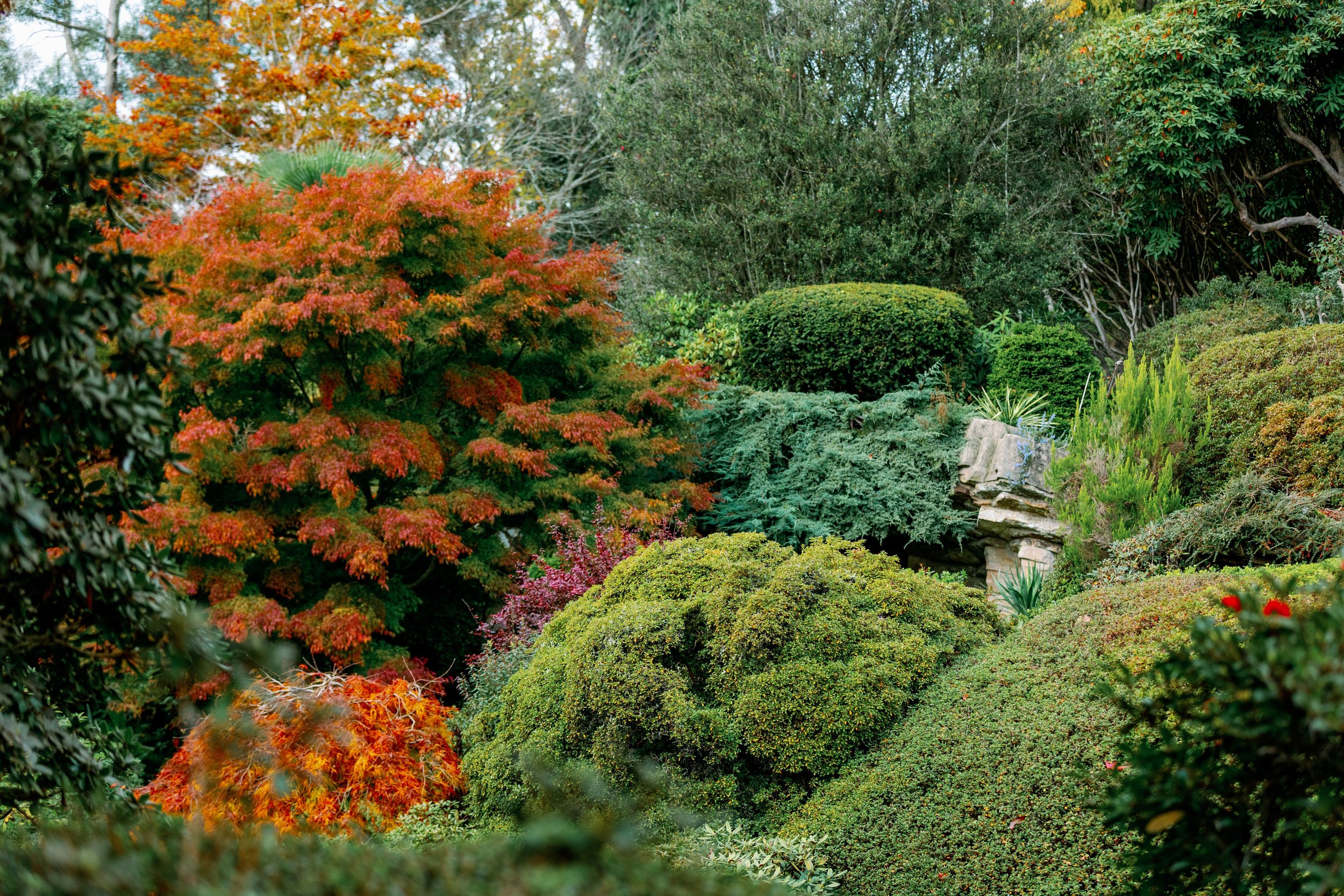
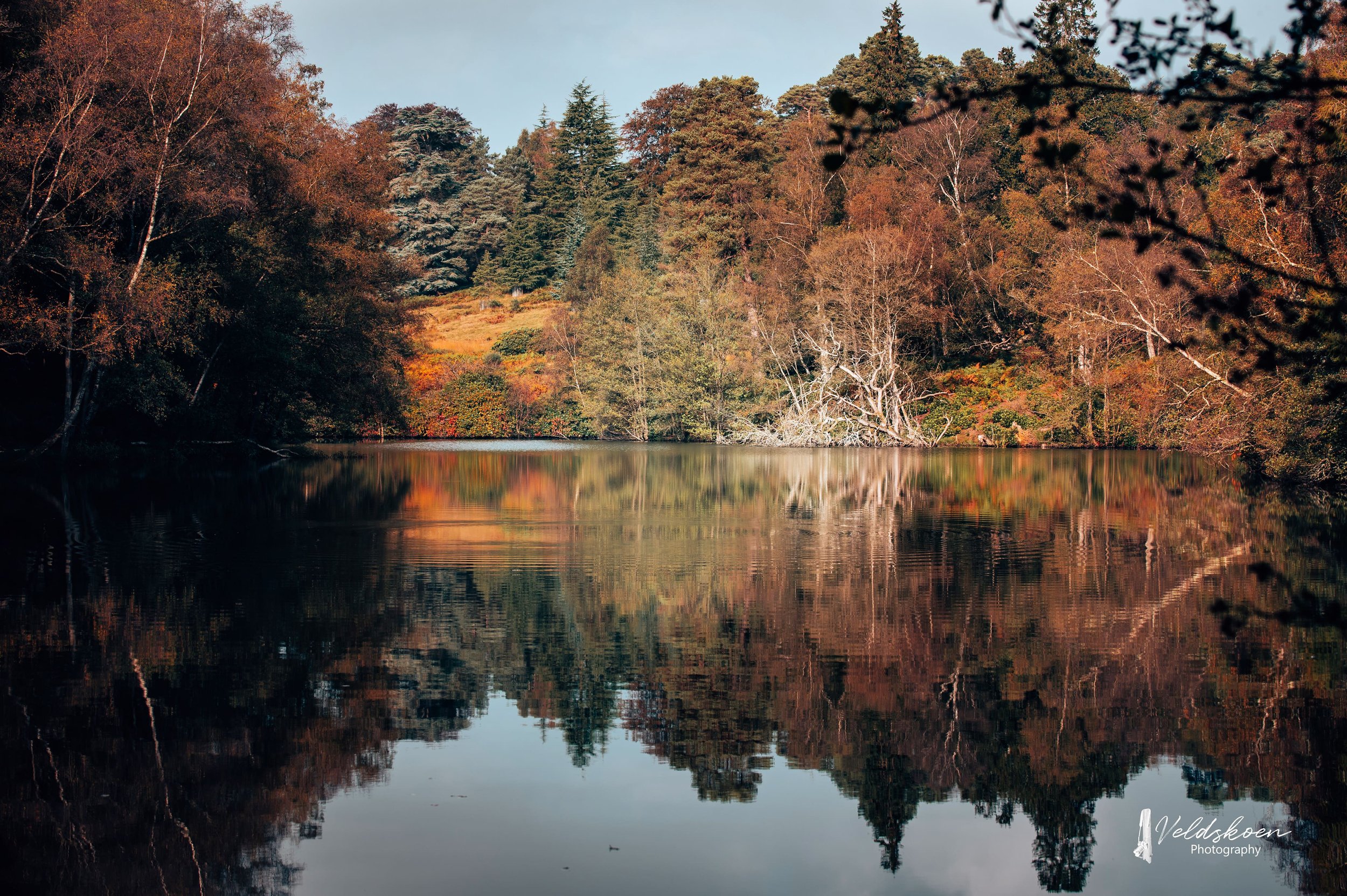
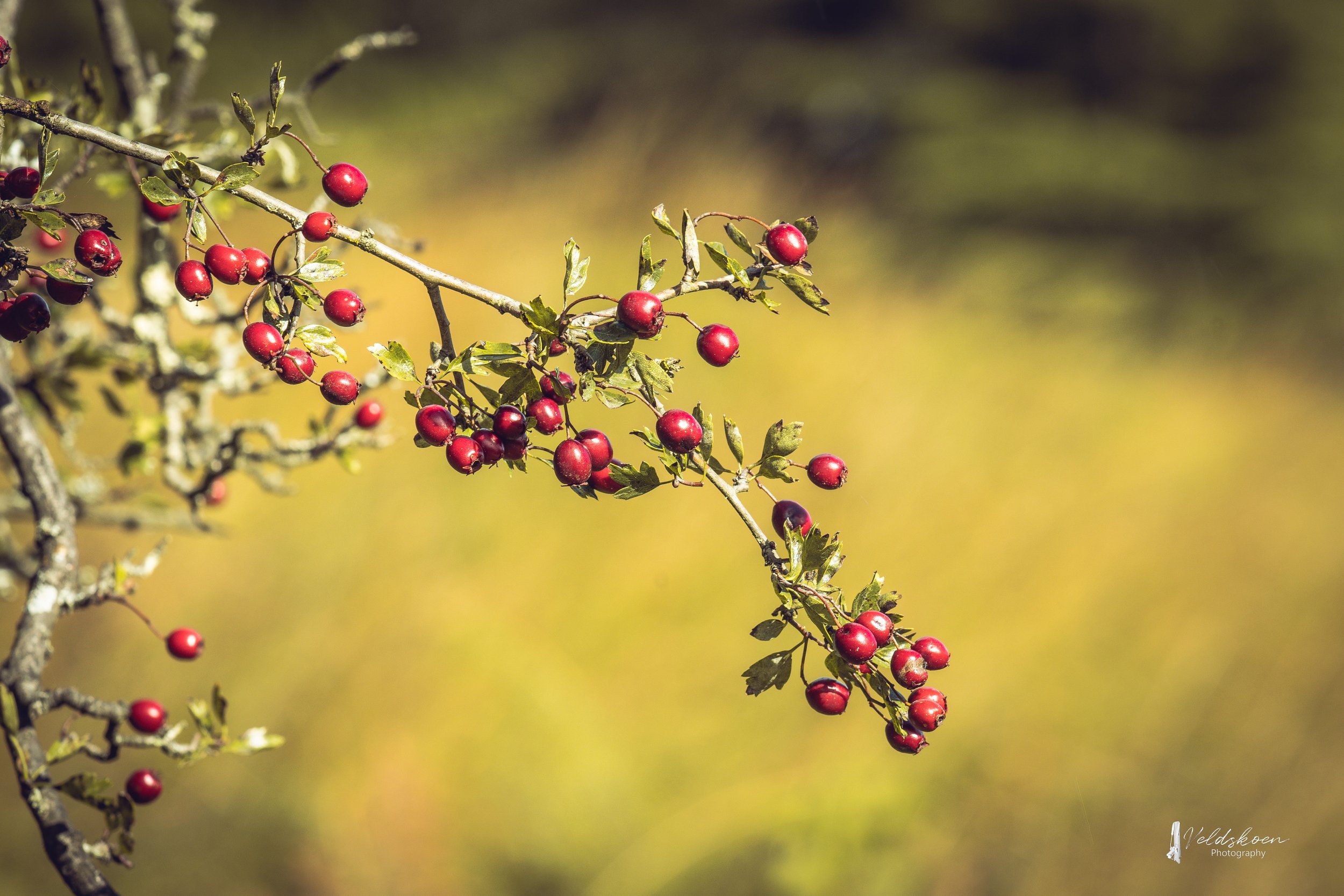
Another important task this Autumn will be to continue improving our Summer interest. Whilst we wouldn’t do anything out of keeping with a Grade I listed woodland garden like plonk a rose garden in the middle of the valley for example, we are going to be adding around 300 different Hydrangea shrubs around the lakes. These will be followed by over 500 Agapanthus plants next Spring. Furthermore, we’re also adding some more Summer-flowering trees and shrubs around the garden at the moment including the likes of Hoheria, Eucryphia, Ceanothus and several late-flowering Rhododendron with the intriguing name of ‘Pink Polar Bear’.
Once the leaves have completed their mesmerising turn through the Autumn colour spectrum, many will of course then fall to the ground. A big part of our work in the garden at this time of the year therefore revolves around leaf clearing and collecting. Some of this we do by hand with rakes and elbow grease but where possible we suck the fallen leaves up with our ride-on tractors, especially on the larger open areas. Removing the leaves allows the grass and planted bulbs beneath to flourish. We make sure we turn this to our benefit though by composting the leaves down in our composting area. If we keep turning the heaps and keeping them moist, the resulting well-rotted organic matter will provide an invaluable soil conditioner and mulch next year. Recycling at its finest!
Other November jobs for the garden team here at Leonardslee include cutting back spent herbaceous perennials, protecting any delicate plants from the colder weather, mulching beds and borders to improve the soil structure and texture and of course setting up and preparing for the forthcoming Illuminated event! Plenty for us to do and plenty for our visitors to enjoy. I would also like to point you towards the tours that are on offer this month. We have the last Fungi Walk of the year on November 7th at 11am and another Tree Walk on the 15th at the same time. Our general garden tours also continue on Monday 6th and Wednesday 15th. I hope to see you all here again soon…

